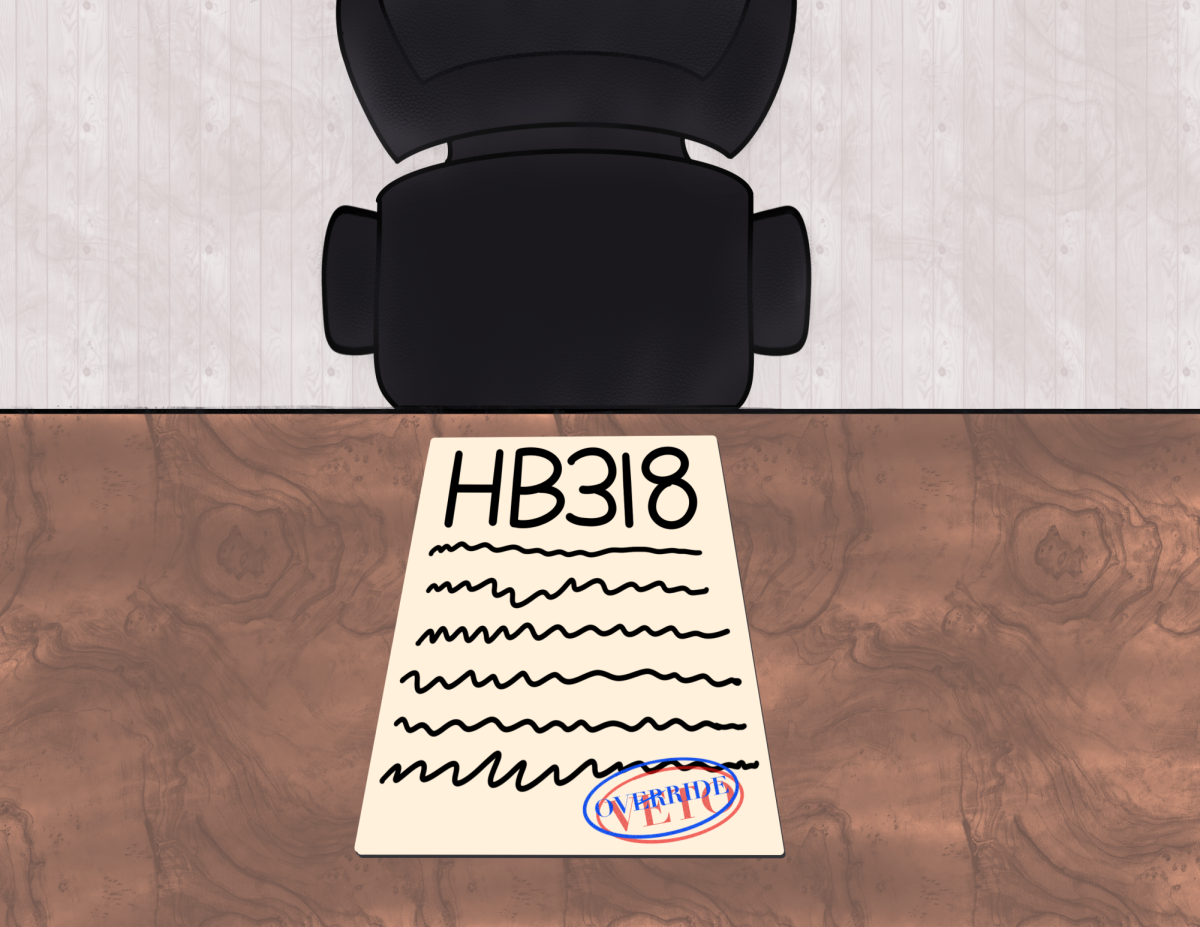As federal grants become scarcer, researchers across the country are turning to a new source for funding.
Crowd-funding is a technique used to gather funds by asking for small amounts of money from several sources rather than gathering a large sum from one source alone, and for some researchers, it is the answer to the funding problems caused by the sequester.
Crowd-funding at Georgia Tech has become such a major tool to generate funds for research that one of its university employees, Allison Mercer, created a website for it, according to the Georgia Tech news center.
The website is peer-reviewed, so donors know the money will be used “exactly as described,” Mercer said.
Terri Lomax, vice chancellor for the office of research at N.C. State, said crowd-funding could help struggling researchers because government entities are reluctant to fund numerous projects.
“The recent sequestration in Congress has restricted the budget of the federal agencies, so they are much more cautious of [giving out funding] right now,” Lomax said.
Because of the limited monetary resources available to researchers, crowd-funding has grown in popularity at other universities, as well.
Though Lomax said that crowd-funding isn’t a major source of generating funds at N.C. State, she said people can certainly take advantage of such funding methods.
In fact, Walter Weare, an assistant professor of chemistry, used crowd-funding in 2011 to purchase a spectroelectrochemical cell, according to an article published in a science abstract on the N.C. State website.
The group became involved with the SciFund Challenge on Rockethub.com, a website engineered for the sole purpose of collecting funds through crowd-funding, according to Weare.
“It’s a great way for young scientists to fund the preliminary work they need to do in order to apply for a larger grant,” Weare said in the article. “It’s a great way to bring the process of science into the public eye and get citizen scientists and non-scientists alike excited about all kinds of research and scientific possibilities.”
Asking for only $500, Weare raised not only the necessary funds, but $348 extra within two weeks with the help of 21 funders, according to the Rockethub website.
Regardless of what methods researchers used to fund their work, it is important that all available options are explored to be sure no researcher must retire their idea, which can happen when monetary resources cannot be procured.
“Every so often there are researchers that have great ideas but just can’t find the places to go to fund them,” Lomax said.
N.C. State researchers have several methods to procure the needed funds for their research, all of which are listed on the N.C. State research development website.
Lomax says that University researchers have both internal and external funding options. However, internal means account for a very small portion of the funds needed, and they will most likely rely on external resources to support their research after using internal funds to obtain preliminary data.
External funding options are comprised of federal grants, contracts and gifts. Because federal funds are limited, limited-submission grants are often put in place that allow only a small number, sometimes only one, of researchers to apply for a specific federal grant per school. At N.C. State, the researchers chosen to compete for these limited-submission grants must first win an internal competition among hopeful fund-recipients, according to Lomax.
Lomax said that the N.C State research office is now looking to work with different agencies that it hasn’t emphasized in the past as well as working to procure funds from industries to increase the funds available to researchers at the University.
For now, however, resources for research are still going steady, according to Lomax.
“Our researchers have been doing a great job and our funding for research continues to increase, but we’re worried that it will slow down because of what happened in Congress,” Lomax said.




